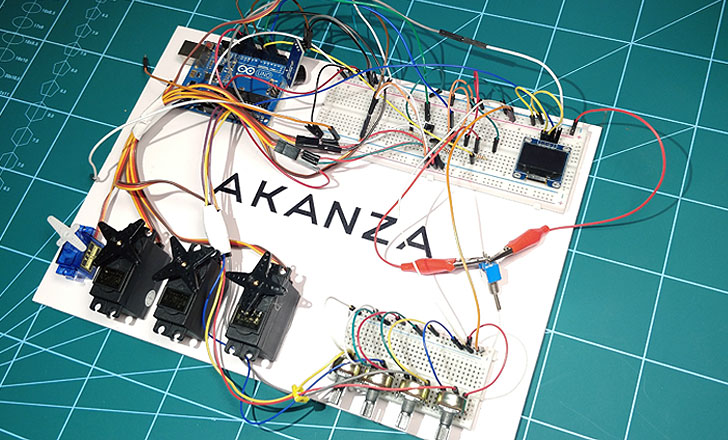It all started in the European Particle Physics Laboratory(CERN) in 1989.
It all started at the European Particle Physics Laboratory (CERN) in 1989, when one of the scientists – Tim Berners-Lee – wanted technology to start helping people to cooperate and share knowledge. He rolled up his sleeves and laid the foundations of today’s network. He provided tools to create simple hypertext documents.
The first pages consisted mainly of text interlaced with links. Here and there he appeared in the picture. According to today’s standards, the appearance of such pages was far from being aesthetic.
Such documents can definitely be thrown into a drawer with a “Web 1.0” label. They were mainly characterized by one-way interaction with the visitor – it means that it was only possible to view the content. The user had no influence on its appearance, behaviour – he could not interact with it. The content was static. The technology playing the main role was HTML.
The changes came when the creators of the pages began to have a greater range of possibilities. From that moment not only HTML and CSS could be used, but also Javascript and server-side scripting. Data collection in databases was also started. This development of technology made the content more and more dynamic, and the visitor to a page created in such technology could do more than just browse it. Later, AJAX technology was also used to offer network users experiences similar to those of desktop applications. Applications written with the help of such technologies can be called Web 2.0 compliant. It is assumed that these are all services created after 2001. The blossoming of Web 2.0 technology has led to the creation of min. Facebook, MySpace, YouTube, Wikipedia. After 2001, the most popular CMSsystems have been launched: WordPress, Joomla, Drupal, Akanza CMS :).
Such trends are still present on the market, although solutions have been developed that make us slightly stepping on the ground of Web 3.0. For some time, “web creations” have ceased to be documents, pages and have become applications. In the context of Web 3.0 everything seems to be an application. It is in such applications that we experience the richness of artificial intelligence, semantic networks, meta data and context recognition. The assumption is that this computer knows better than you do what you want. Examples of such an approach can be online shops, which tell us what our friends have bought, or present somehow related products. Social networking sites, indicating people we may know, behave in a similar way.
It is certain that now we can only taste the third version of the web, but I am sure it will bring even more interesting things. Looking at the development of the Internet, where in a relatively short period of time we moved from exchanging simple documents to mass viewing of cats’ photos, challenging each other, playing, writing, listening and many other activities, we can only speculate at this point what incredible things will provide us with even higher level of technology. However, we can take for granted the fact that it is worth getting to know and tame the powerful tools that we will create – and we in Akanza will take care of it.





